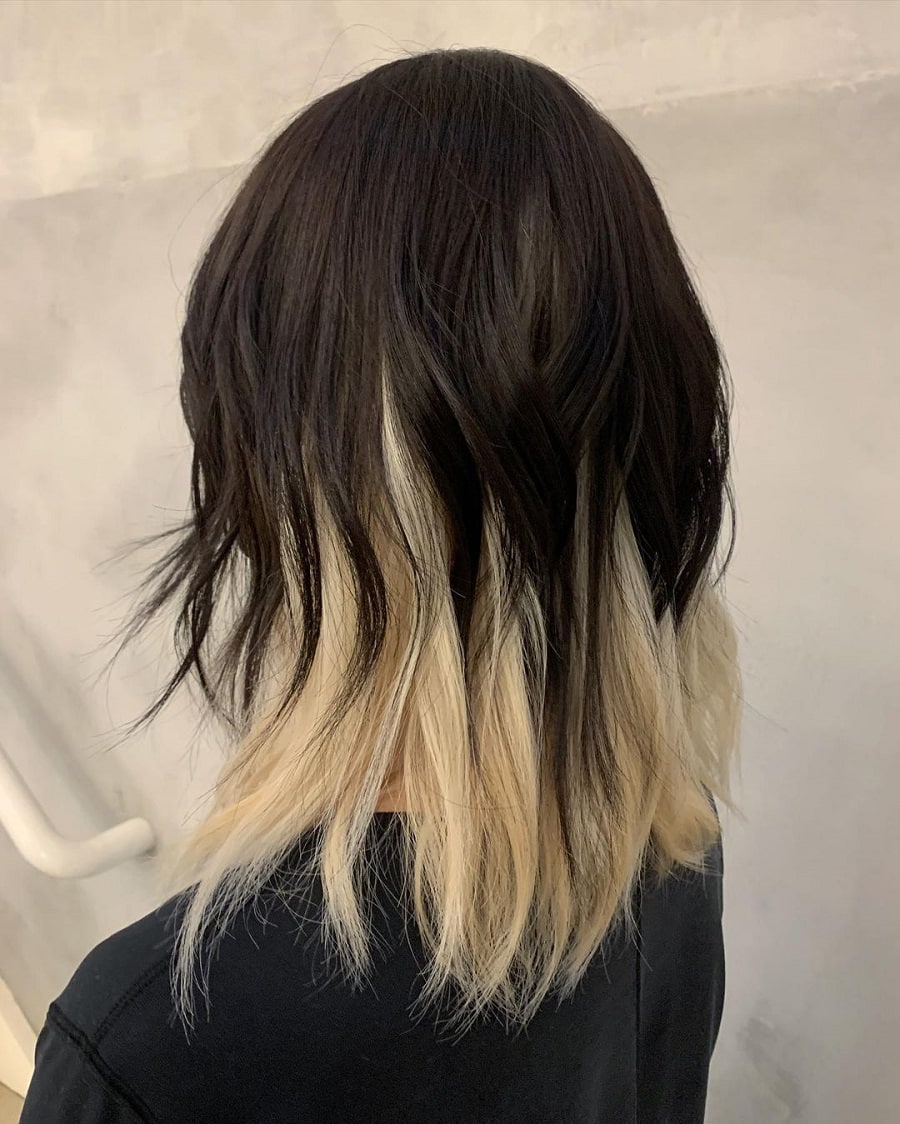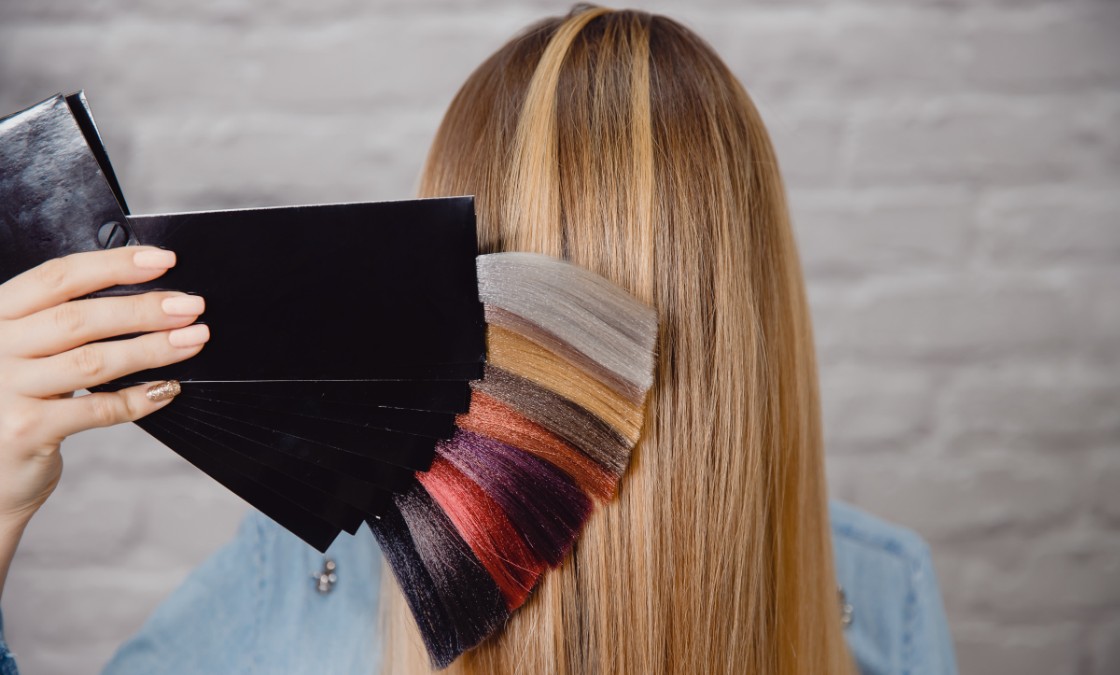Table Of Content

This can make you more likely to get ingrown hairs, especially after shaving. If shaving worsens your condition, you might want to try a chemical hair removal product (depilatory), such as Nair, Magic, others. Infected ingrown hairs can be uncomfortable, but most clear up on their own in 7–10 days with good hygiene. This can help ease the ingrown hair out of the skin on its own. Doctors treat staph infections with antibiotics to prevent other serious complications, such as a blood infection. Also, gentle exfoliation is sometimes enough to pull ingrown hairs up and outside the skin, where they can grow correctly.
Pop Culture
It also absorbs into my skin quickly, so I can layer other products on top of it, like moisturizer . While the exfoliant is mainly meant for your face and neck, you can also apply it to other parts of the body post-shave. This can help because apple cider vinegar contains anti-inflammatory properties that help soothe irritated skin, Engelman says. Palm adds that in severe cases, your doctor might prescribe antibiotics to prevent an infection from arising. Treatment for an infected ingrown hair depends on the type and severity of the infection.
Appearance: Is it staph?

The core goal of treatment for any of these cysts is to reduce their occurrence by keeping your skin exfoliated and moisturized. Body washes and lotions made with gentle glycolic acid will help. In cases of razor bumps, the primary goal of treatment is to reduce the surrounding inflammation and decrease your risk of infection. Curly hair also lends itself to becoming ingrown, which explains why the bikini area is particularly prone. “Most hairs when they grow back in the bikini areas are a little bit curly,” says Dr. Wechsler. Hair removal is the root cause of ingrown hairs, since they occur when hair starts to grow back and curves to burrow into the skin.
Cortizone 10 Maximum Strength Anti-Itch Cream with Aloe
The 7 Best Acne Body Washes of 2024, Tested & Reviewed - InStyle
The 7 Best Acne Body Washes of 2024, Tested & Reviewed.
Posted: Wed, 10 Apr 2024 07:00:00 GMT [source]
The cysts can also form where dead skin cells are blocking hair follicles. If ingrown hairs continue to form, see a healthcare professional to rule out any underlying causes. They may also recommend more permanent hair removal methods, such as laser hair removal, to help reduce your risk of ingrown hairs and bumps. I use Billie’s Ultimate Skin Solution to both treat and prevent ingrowns. I usually spray it on my underarms or legs between shaves and on ingrown hairs when they pop up. The spray contains salicylic acid and aloe vera to dissolve built-up dead cells while calming the skin, according to the brand.
Treatment
Atopic dermatitis usually develops in childhood, but can occur in adults. A percutaneous endoscopic gastrostomy (PEG) tube is a feeding tube that is inserted into the stomach via a surgical incision in the abdomen (known as a stoma). A PEG may be inserted if a person is unable to safely eat and drink through their mouth. Learn more here about the development and quality assurance of healthdirect content. Washing the area with a washcloth using a circular motion for several minutes can help release the hairs.
Who is prone to ingrown hair?

The beard area of your face (neck, cheeks and chin), legs, armpits and pubic area (bikini line and inner thigh) are most likely to develop ingrown hairs. However, they may also appear on other parts of your body, including your scalp, chest, back, abdomen, inside of your nose (nostril), eyebrows and buttocks (butt). Ingrown hair on your legs can also be caused by a buildup of dead skin cells clogging hair follicles. It will make an infection more likely and can lead to scarring. It’s not a good idea to pop or squeeze an ingrown hair cyst, as you can introduce bacteria that can cause an infection.
Ingrown hairs are caused by hairs that fail to break the surface of the skin and, as a result, can't grow in the right direction. According to board-certified dermatologist Onyeka Obioha, MD, "ingrown hair is hair that curls inward and grows downward under the skin instead of outward from the hair follicle." If they’re not infected, some ingrown hair cysts can go away on their own. In some cases, there’s another underlying cause, such as a genetic mutation, which means they can develop again. If the pubic cyst is caused by ingrown hair, it may go away on its own, or your doctor can remove it. The best way to reduce the incidence of ingrown hairs is to stop tweezing, plucking, and waxing your hair until it has made its way out by itself or with the help of a professional.
To help you avoid both, here are some expert tips to ensure you’re shaving correctly. Ingrown hair — also known as razor bumps — curls back or grows sideways into the skin instead of growing upward like it’s supposed to, Chang says. Ingrowns are trapped underneath the skin’s surface, which can lead to inflammation. To recommend products that help prevent ingrown hairs, we chose options dermatologists recommend or ones we’ve used ourselves and meet expert shopping guidance. Since you may be looking to prevent ingrown hair on your face, body or both, we note which area each product is meant for.
ACD A-Z of Skin - Folliculitis
They can lead to increased inflammation, pain, and the formation of pustules or cysts. For a severe infection, they can prescribe medication to treat it and coax the hair out. For example, prescription steroid creams can reduce inflammation, and prescription-strength antibiotic creams can treat the infection. Ingrown hairs are most common in areas of hair removal, such as the face, legs, armpits, and pubic region. Shaving and waxing creates sharper hairs that tend to get trapped in the skin. An infected ingrown hair happens when a hair is blocked from leaving the skin or newly emerged hair curls back into the skin, and the follicle becomes infected.
Brushing the skin with a firm, long-bristled brush in a circular motion can gently scrape away the outer layer of dead skin cells, revealing softer skin underneath. For a skin infection, these antibiotics may be topical or oral. If the infection has reached the bloodstream, then IV antibiotics may be necessary.
In this article, we describe how to safely remove ingrown hair on the legs and prevent the issue from recurring. Ingrown hairs are sometimes called razor bumps, shave bumps or barber bumps. Applying the right shaving cream before you set your razor to work adds moisture, which can prevent cuts and allow the razor to move smoothly across your skin. Prep your legs by applying shaving cream as you get out of the shower to retain some extra moisture. Developing an ingrown hair on your leg isn’t usually a cause for concern.
The Best Creams and Tools for Removing Hair (2023): Creams, Wax, and More - WIRED
The Best Creams and Tools for Removing Hair ( : Creams, Wax, and More.
Posted: Fri, 10 Sep 2021 07:00:00 GMT [source]
Shaving is more likely to cause ingrown hairs, but they can also occur after waxing. Some OTC products may help coax the hair up and out of the skin, which may reduce the risk of infection. It is often best to let them heal on their own and take preventive steps. You’re also more likely to have ingrown hair if you have skin of color or thick, coarse or curly hair. If you have recurrent ingrown hair that causes pain, your doctor can help you manage this condition.
An ingrown hair occurs when a hair that you've shaved, waxed, or plucked grows back into your skin. Ingrown hairs most commonly occur in places where you often remove hair, such as your face, neck, underarms, legs, and around your bikini area. Symptoms include "razor bumps," swelling, tenderness, and itching. Avoid harsh, irritating ingredients while treating ingrown hairs, which can worsen irritation and inflammation, says Chang.
Don’t try to lift the hair out with tweezers like you might with typical ingrown hair. At this point, your hair is embedded far too deep underneath the bump or cyst for you to pull it out. Every pore on your skin contains a hair follicle, some fine and some coarse. Pores are the small holes in our skin that allow sweat and oil to reach the surface of the glands underneath. Waxing, plucking and threading hair can also lead to ingrown hairs. Use a warm washcloth to gently exfoliate and loosen dead skin.
Ingrown hairs can affect anyone, but they’re easy to treat and prevent with the right hair removal practices. But if you don’t apply the right products or use the right shaving techniques, painful and itchy ingrown hairs can rob your legs of smoothness. If an individual has developed an MRSA infection that is resistant to certain antibiotics, a doctor can recommend other treatments. This may involve other antibiotics that are more effective against infections.
Most ingrown hairs will go away on their own without treatment after a few days; though, severe cases may take several weeks. If your symptoms don’t improve, your healthcare provider may need to prescribe medications that decrease inflammation and improve infections. Although ingrown hairs are common, they don’t have to be your reality.











